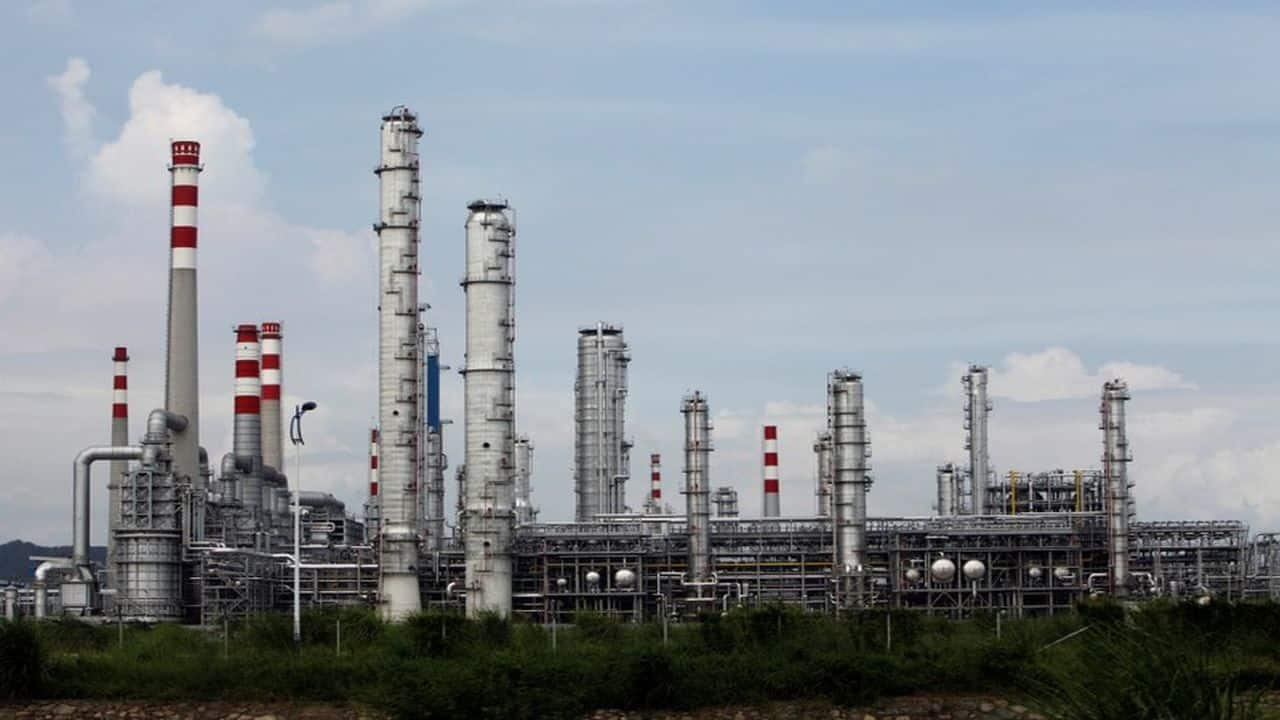The number of Americans applying for unemployment benefits rose again last week to 885,000, the highest weekly total since September, as a resurgence of coronavirus cases threatens the economy's recovery from its springtime collapse.
The Labor Department said Thursday that the number of applications increased from 862,000 the previous week. It showed that nine months after the viral pandemic paralyzed the economy, many employers are still slashing jobs as the pandemic forces more business restrictions and leads many consumers to stay home. The number of claims was much higher than the 800,000 that economists had expected.
Before the coronavirus erupted in March, weekly jobless claims had typically numbered only about 225,000. The far-higher current pace reflects an employment market under stress and diminished job security for many.
The total number of people who are receiving traditional state unemployment benefits fell to 5.5 million from 5.8 million. That figure is down sharply from its peak of nearly 23 million in May. It means that some jobless Americans are finding jobs and no longer receiving aid. But it also indicates that many of the unemployed have used up their state benefits, which typically expire after six months.
With layoffs still elevated and new confirmed viral cases in the United States now exceeding 200,000 a day on average, the economy’s modest recovery is increasingly in danger. States and cities are issuing mask mandates, limiting the size of gatherings, restricting restaurant dining, closing gyms or reducing the hours and capacity of bars, stores and other businesses.
“U.S. weekly jobless claims continue to head in the wrong direction,'' Edward Moya, an analyst at the currency trading firm OANDA, wrote in a research note. “The labor market outlook is bleak as the winter wave of the virus is going to lead to more shutdowns.''
On Wednesday, the Federal Reserve signaled that it expects the economy to rebound at a healthy pace next year as viral vaccines become widely distributed. But Chair Jerome Powell warned that the next three to six months will likely be painful for the unemployed and small businesses as pandemic cases spike. The Fed made clear that it’s prepared to keep interest rates ultra-low for the long run to help the economy withstand those threats.
Many jobless Americans are now collecting checks under two federal programs that were created this year to ease the economic pain inflicted by the pandemic. But those programs are set to expire the day after Christmas. Unless Congress acts to extend that aid, benefits will end completely for an estimated 9.1 million unemployed people.
Some federal aid appears likely to arrive soon. On Wednesday, congressional negotiators closed in on a $900 billion COVID-19 economic relief package that would deliver additional help to businesses, $300 per week jobless checks and $600 stimulus payments to most Americans. But there was no deal quite yet.
The number of jobless people who are collecting aid from one of the two federal extended-benefit programs — the Pandemic Unemployment Assistance program, which offers coverage to gig workers and others who don’t qualify for traditional benefits — surged to 9.2 million from 8.6 million for the week that ended Nov. 28.
But the number of people receiving aid under the second program — the Pandemic Emergency Unemployment Compensation program, which provides 13 weeks of federal benefits to people who have exhausted their state aid — also rose from 4.5 million to 4.8 million.
All told, 20.6 million people are now receiving some type of unemployment benefits. (Figures for the two pandemic-related programs aren’t adjusted for seasonal variations.)
The pandemic has been an economic as well as a health disaster. In March and April, employers slashed a dizzying 22 million jobs after the virus and the measures meant to contain it brought normal business activity to a halt. The nation’s gross domestic product — the broadest measure of economic output — plummeted from April to June at a record annual rate of 31.4 percent.
The comeback started strong, boosted by a $2 trillion federal rescue package in March. But it has since lost momentum as confirmed COVID-19 cases have surged and Congress has thus far failed to enact further aid. Though GDP expanded at a record annual rate of 33.1 percent from July-September, the annual pace of growth is thought to be slowing significantly in the current quarter -- a slump that’s considered likely to extend into early next year.
The pace of job creation has diminished steadily — from 4.8 million added jobs in June to 1.8 million in July, 1.5 million in August, 711,000 in September, 610,000 in October and 245,000 in November.
On Wednesday, the Commerce Department reported that retail sales skidded 1.1 percent in November, the biggest drop in seven months and a troubling sign at the start of the all-important holiday shopping season.
Businesses appear to be retrenching as cases surge and the economy sputters. The data firm Womply reports that 23 percent of local businesses were closed Dec. 1, up steadily from 17 percent at the start of August. Womply also found that 41 percent of all local bars are closed along with 28 percent of restaurants and 32 percent of hair salons and other health and beauty shops.










_2020091018165303jzv.jpg)


























